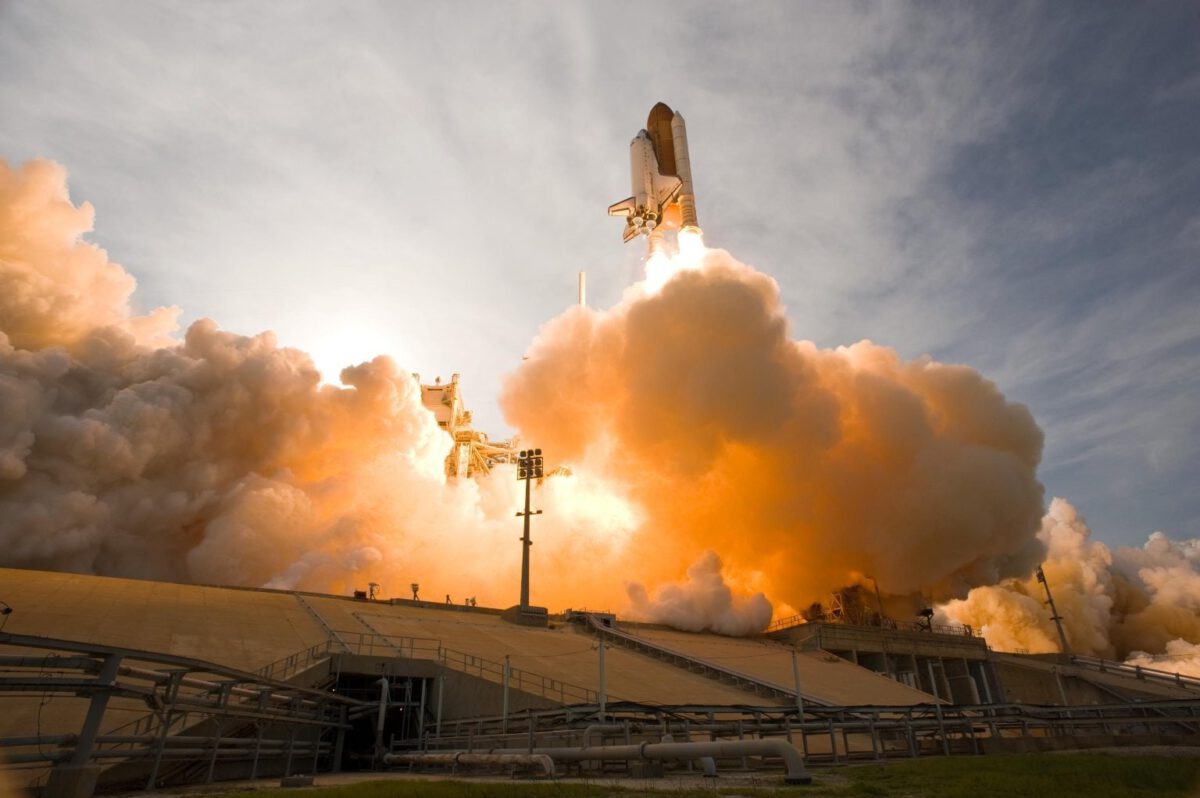In our conversation with Philipp Ortwein, CEO and Co-Founder of Instafreight, he gave us a lot of insights about the impact of a digital platform approach on a market which is vastly fragmented.
Today, instrafreight is one of the leading platforms for B2B logistics in the european market. With focus on overland freight, instafreight matches the emerging transportation needs of shippers with the transport capacity of the carriers. Started in 2016 they faced an exciting journey from their first MVP to today’s platform with about 2000 shippers on the demand side and 25.000 carrier companies on the supply side.
The core problem of logistics today is the “offline structure” of the industry which leads to lots of inefficiencies caused by empty truck runs in a range of 25-30%. Instrafreight tries to digitize the whole process via a digital infrastructure as well as the execution service from the order of the shipment to the payment of the carrier.
Kicking off the data flywheel
A very common problem of building a platform business is the typical chicken-egg problem, which Instafreight also had to face. To answer this question, whether to onboard the supply or demand side first, they first operated in a more manual way. In the beginning they just looked for the right carrier to do one particular shipment at the best cost and performance.
With the whole growth process of the platform it came also to an optimization of the operational processes by “aggregating a lot of volume and data, which then enables you to do the matching better, to have more carriers in your platform – to basically kick off this flywheel even faster”.
Therefore Instafreight has its data stored centrally and matches up incoming shipments requests, e.g. the type of shipment and the route, with an algorithm based on former shipments to find the right carrier. Once the carrier has accepted the shipment his tracing data gets collected the other way around. With this workflow Instafreight makes it possible to bring more transparency into the whole supply chain and create a self optimizing matching algorithm.
Another key aspect is the digitization of the proof of delivery. Instead of sending the signed piece of paper via post, Instafreight offers an easy way to just scan or photograph and upload it afterwards. So as Philipp sums up:
“At the end of the day, all of this is handling data super efficiently.”
Philipp Ortwein, CEO and Co-Founder of Instafreight
Enabling sustainability via efficient logistics
Besides digitizing the forwarding industry, Instafreight is also able to have an impact on sustainability. For this topic Philipp points out multiple approaches.
The first important benefit the platform offers, is the ability to track the fuel consumption of all of the trucks and their emissions. Secondly, Philipp mentions the empty truck runs which occur normally in the branche. By managing to combine loads and plan routes efficiently, it is possible to “bring down this by like five or 10 percentage points, where there’s a lot of co2 emissions that you can actually reduce, right?”. Additionally, the emissions can also be reduced by managing long distance shipping via trains instead of trucks.
The third option Philipp refers to is LNG, liquid natural gas fuel, and could be used as a substitute for Diesel fuels. The problem here is that truck ranges are significantly reduced by running on LNG and the allocation of the according petrol stations is not that comprehensive. In this way you can support shippers for whom sustainability is very important by providing “efficient route optimization on a completely different level”. For both aspects a platform is an optimal solution.
One last piece of advice
Being asked for his one platform leadership advice, Philipp gave us a quiet extensive answer. But we think one of the most important learnings was:
“I think this is super important to understand, as you are like really revolutionising how you do business, you should be very clear what problem you’re trying to solve with building a platform.”
Thank you Philipp for the great conversation and insights.
The complete episode can be listed at your favorite podcast provider.



